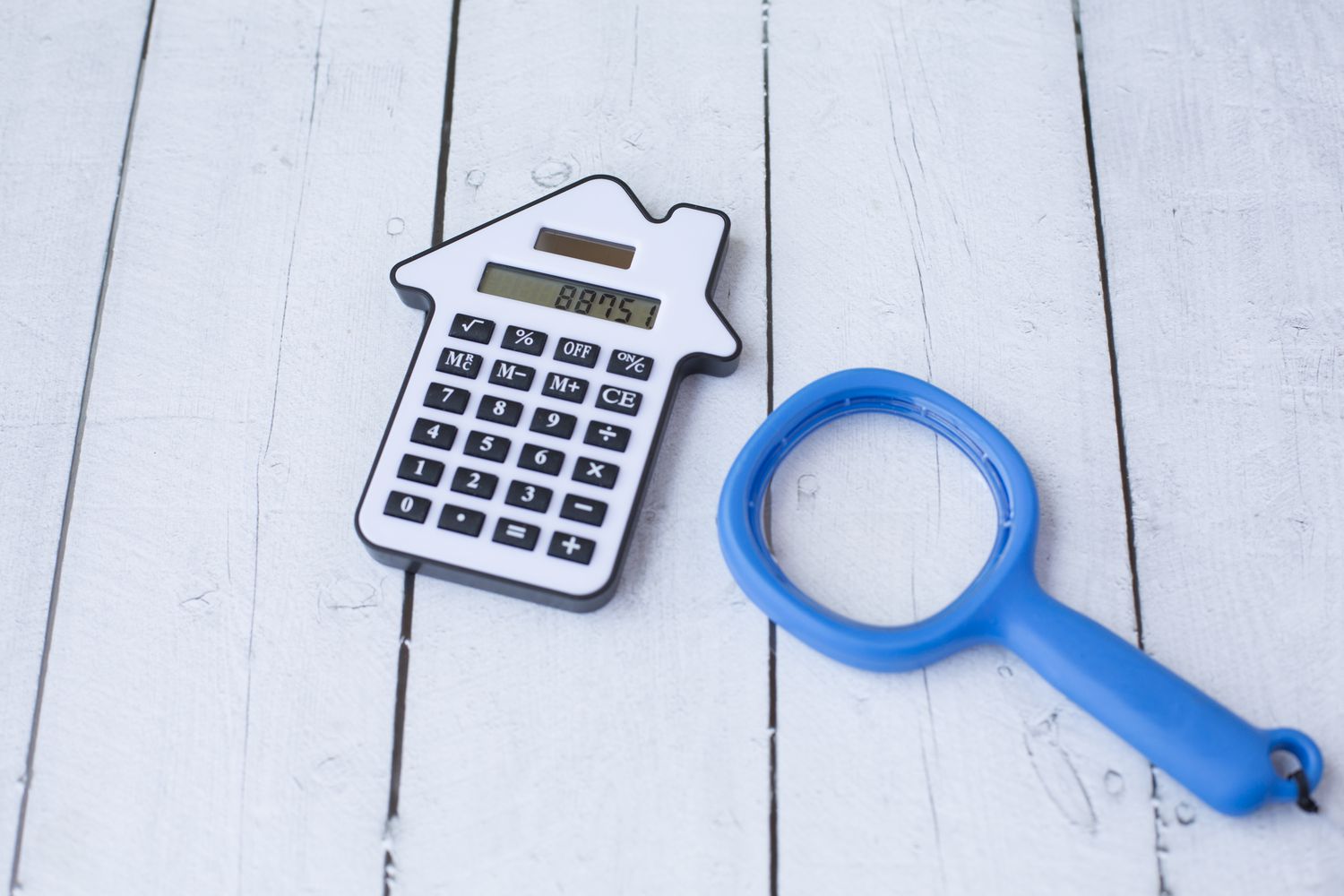All homeowners should know how to figure mortgage interest. Whether you are financing the purchase of a home or refinancing your existing mortgage loan with a new loan, you will prepay interest.
How much interest is prepaid will determine when you want your first regular payment to begin. Many borrowers prefer to make a mortgage payment on the first of every month. Some prefer the 15th. Sometimes, lenders will choose that payment date for you, so if you have a preference, ask.
Key Takeaways
- Mortgage interest is paid in arrears, which means you’re paying the interest for the month before your payment’s due date.
- You can compute your unpaid principal balance by using your loan balance and interest rate.
- You can find your daily interest for a loan payoff by dividing your monthly interest for 30 days.
Mortgage Interest Is Paid in Arrears
In the United States, interest is paid in herds. Your principal and interest payment will pay the interest for the 30 days immediately preceding your payment’s due date. If you are selling your home, for example, your closing agent will order a beneficiary demand, which will also collect unpaid interest. Let’s take a closer look.
For example, suppose your payment of $599.55 is due December 1. Your loan balance is $100,000, bearing interest at 6% per annum, and amortized over 30 years. When you make your payment by December 1, you are paying the interest for the entire month of November, all 30 days.
note
If you are closing your loan on October 15, you will prepay the lender interest from October 15 through October 31.
It may seem like you get 45 days free before your first payment is due on December 1, but you don’t. You will pay 15 days of interest before you close, and another 30 days of interest when you make your first payment.
Figuring Out Your Unpaid Principal Loan Balance
If you want to know your unpaid principal loan balance that is remaining after you make your first mortgage payment, you can use our amortization calculator. But if you’d like to understand how to figure it out on your own, read on.
First, take your principal loan balance of $100,000 and multiply it by your 6% annual interest rate. The annual interest amount is $6,000. Divide the annual interest figure by 12 months to arrive at the monthly interest due. That number is $500.
Since your December 1 amortized payment is $599.55, to figure the principal portion of that payment, you would subtract the monthly interest number ($500) from the principal and interest payment ($599.55). The result is $99.55, which is the main portion of your payment.
Now, subtract the $99.55 principal portion paid from the unpaid principal balance of $100,000. That number is $99,900.45, which is the remaining unpaid principal balance as of December 1. If you are paying off a loan, you must add daily interest to the unpaid balance until the day the lender receives the payoff amount.
You know now that your unpaid principal balance after your December payment will be $99,900.45. To figure your remaining balance after your January 1 payment, you will compute it using the new unpaid balance:
- $99,900.45 x 6% interest = $5,994.03 ÷ by 12 months = $499.50 interest due for December.
- Your January payment is the same as your December 1 payment, because it is amortized. It is $599.55. You will subtract the interest due for December of $499.50 from your payment. That leaves $100.05 to be paid to the principal on your loan.
- Your balance as of December 1 is $99,900.45, from which you subtract the principal portion of your January 1 payment of 100.05. It equals $99,800.40 as your new unpaid principal balance.
note
With each consecutive payment, your unpaid principal balance will drop by a slightly higher principal reduction amount over the previous month.
It is because although the unpaid balance is computed using the same method every month, your principal portion of the monthly payment will increase while the interest portion will get smaller.
Computing Daily Interest of Your Mortgage
To compute daily interest for a loan payoff, take the principal balance times the interest rate, and divide by 12 months, which will give you the monthly interest. Then divide the monthly interest by 30 days, which will equal the daily interest.
Suppose, for example, that your uncle gives you $100,000 for a New Year’s Eve present, and you decide to pay off your mortgage on January 5. You know that you will owe $99,800.40 as of January 1, but you will also owe five days of interest How much is that?
- $99,800.40 x 6% = $5,988.02. Divide by 12 months = $499. Divide by 30 days = $16.63 x 5 days = $83.17 interest due for five days.
- You would send the lender $99,800.40 plus $83.17 interest for a total payment of $99,883.57.
Frequently Asked Questions (FAQs)
What is the current average mortgage interest rate?
The average 30-year mortgage rate is about 2.8% as of July 2021.
How do banks decide what mortgage rate they’ll give you?
Your mortgage rate will depend on the lender’s perception of how risky the loan is. The factors that influence this opinion include your credit score, the mortgage term, where the home is located, the total amount being borrowed, and the size of the down payment.
